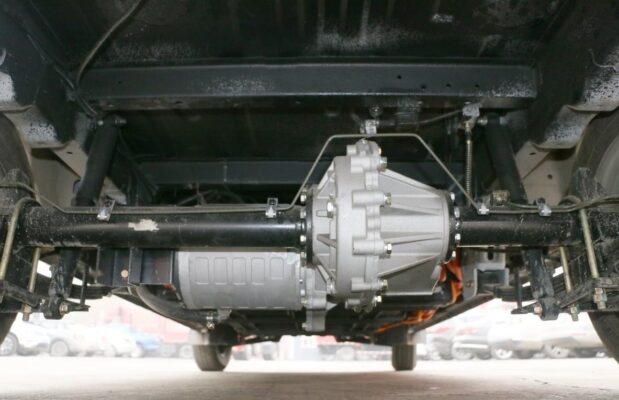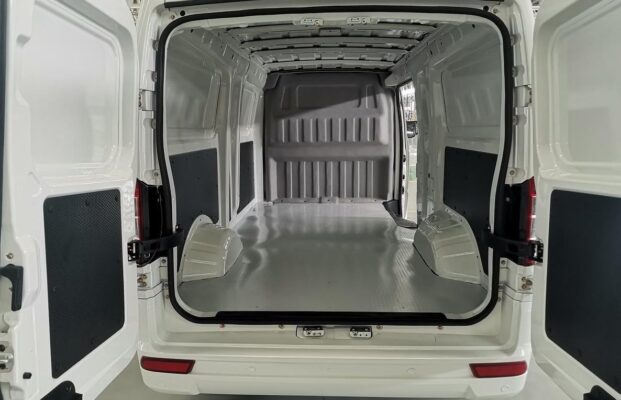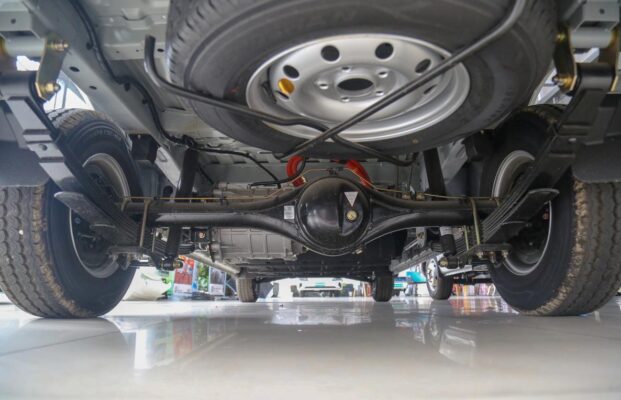1、Fuel System
- It is crucial to only utilize high-quality and appropriately viscous diesel fuel. The label of the diesel fuel should be at least 6 °C lower than the ambient temperature. Using the incorrect grade or poor-quality fuel can lead to suboptimal engine performance, increased emissions, and potential damage to the fuel injection system.

Kwa mfano, if the fuel viscosity is too high or too low for the prevailing temperature conditions, it can affect the fuel atomization and combustion process, reducing engine efficiency and potentially causing incomplete combustion and increased deposits.
- Only employ Fleetguard filters approved by Cummins and replace the filters promptly as per the recommended cycle. The use of low-quality, non-Cummins filters can result in severe premature wear of the fuel pump and injectors.
① Disassembly of the fuel filter (rotary type)
When removing the fuel filter, ensure that the surrounding area is clean to prevent dirt and debris from entering the fuel system. Take care to handle the filter gently to avoid damaging its components.
② Installation of the fuel filter (rotary type)
§ Replace the O-ring to ensure a proper seal and prevent fuel leaks.
§ Fill the new fuel filter with clean fuel and lubricate the O-ring with clean engine oil to facilitate smooth installation and prevent damage during the tightening process.
§ Install the fuel filter in accordance with the filter manufacturer’s instructions precisely. Incorrect installation can lead to poor filtration, fuel pressure issues, and potential engine damage.
- Be vigilant to prevent dirt from entering the fuel system when changing the filter. Even a small particle of dirt can cause significant damage to the precision components of the fuel system, affecting fuel delivery and combustion.
- Drain the water and sediment in the water and fuel separator on a daily basis. Accumulated water and sediment can compromise the quality of the fuel and potentially cause issues in the fuel injection system.
- Maintain the proper functioning of the fuel tank cap and inspect the fuel tank regularly. If any dirt or contaminants are detected in the tank, immediate cleaning is necessary to prevent them from entering the fuel system.
2、Cooling System
- Before starting the engine each day, inspect the coolant level. The supplementary coolant added to the engine must be mixed in the correct proportion of antifreeze, auxiliary coolant additives, and water to safeguard the engine from damage.

Fill the coolant between the upper and lower marks of the expansion tank.
Note:
§ Do not open the pressure cap of a hot engine. Wait until the coolant temperature drops below 50°C before removing the pressure cap. Otherwise, the ejection of hot coolant or steam can cause personal injury. Opening the cap prematurely can result in a sudden release of pressure and scalding hot fluid.
§ Do not use sealant additives to address cooling system leaks. Such additives can clog the cooling system and impede coolant flow, leading to engine overheating. They can also coat the internal components and prevent proper heat transfer.
§ Do not add cold coolant to a hot engine. This sudden temperature change can cause thermal stress on the engine castings, potentially leading to cracks and damage. Wait until the engine temperature drops below 50°C before adding coolant.
§ If coolant needs to be added frequently, it indicates that there might be a leak in the engine or cooling system. Locate and repair the leak promptly to prevent further damage and ensure proper cooling.
- Replace the filter element in a timely manner as per the maintenance procedures.
§ Before installing the new coolant filter, apply a thin layer of engine oil on the gasket surface to enhance the seal and prevent leaks.
§ Install the coolant filter on the filter seat. Tighten the filter until the gasket makes contact with the surface of the filter seat.
§ Tighten the coolant filter another 1/2 to 3/4 turn, or as per the technical specifications provided by the filter manufacturer. Over-tightening or under-tightening can lead to leaks or damage to the filter and its mount.

Now, let’s expand on some additional maintenance considerations for these systems:
In the fuel system, it’s important to periodically inspect the fuel lines for any signs of cracking, leakage, or damage. A leak in the fuel line can not only result in fuel loss but also pose a fire hazard.
Regularly checking the fuel pump for abnormal noises or vibrations can help detect potential issues early. A malfunctioning fuel pump can lead to inconsistent fuel delivery and engine performance problems.
For the cooling system, inspect the radiator for any debris, dirt, or damage. A clogged radiator can reduce the cooling efficiency and cause the engine to overheat.
The water pump should also be inspected for leaks and proper operation. A failing water pump may not circulate the coolant effectively, resulting in inadequate cooling.

It’s advisable to flush the cooling system periodically to remove any accumulated deposits or rust. This helps maintain optimal heat transfer and extends the life of the cooling system components.
During maintenance, always use the correct tools and follow the manufacturer’s recommended procedures precisely. Using improper tools or techniques can cause damage to the components.
Keep detailed records of all maintenance activities, including the dates of filter replacements, coolant changes, and any repairs or inspections. This can help identify patterns of wear or potential issues and assist in scheduling future maintenance.
Kwa kumalizia, proper maintenance of the fuel and cooling systems is essential for the reliable and efficient operation of the engine. By adhering to the recommended maintenance procedures, promptly addressing any issues, and conducting regular inspections, you can prolong the engine’s lifespan, ensure optimal performance, and minimize the risk of breakdowns and costly repairs.